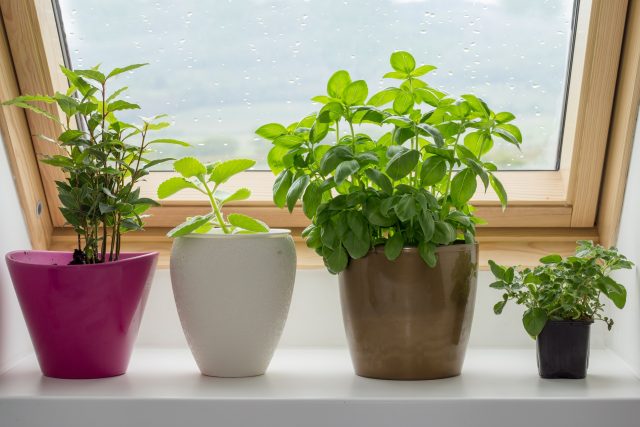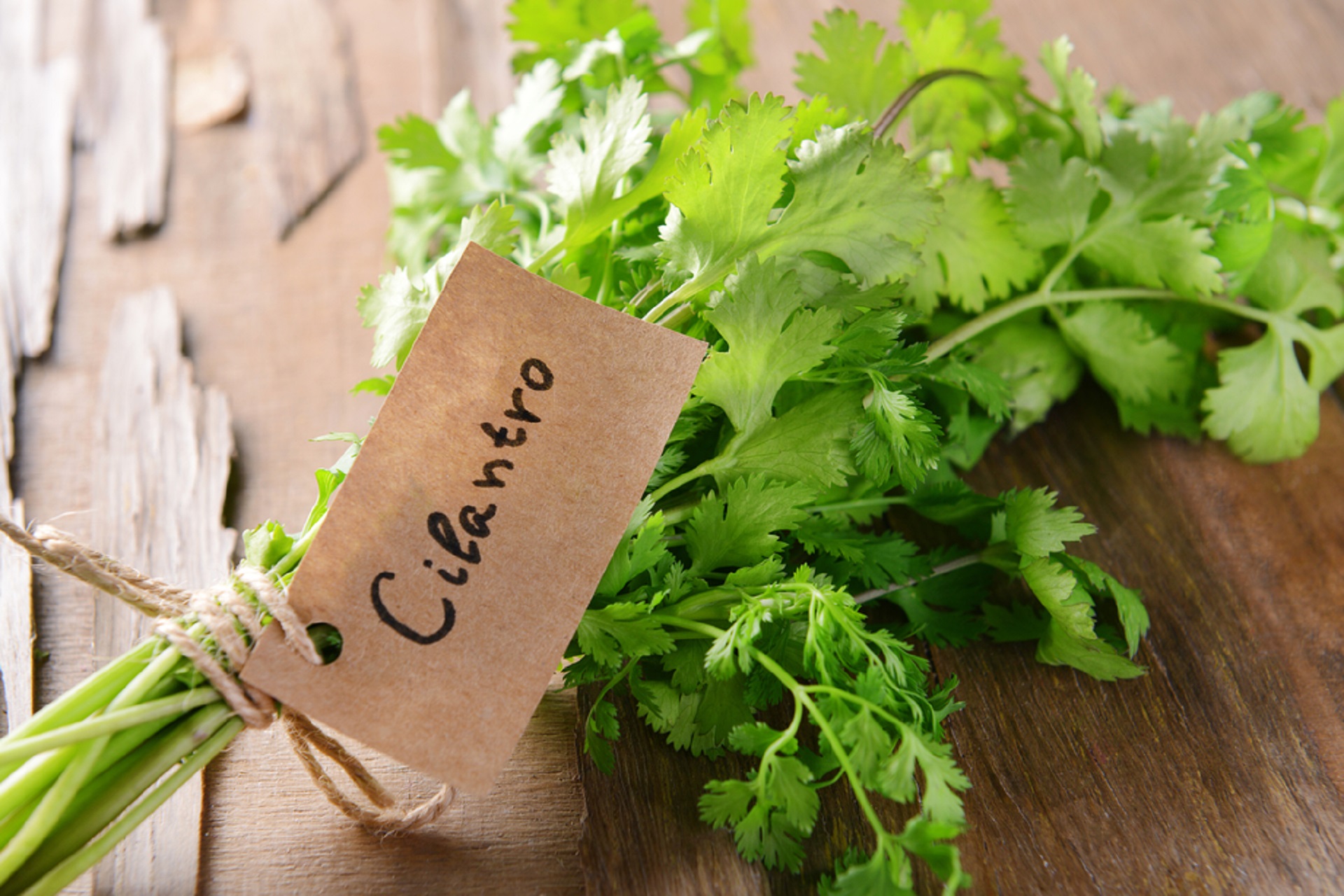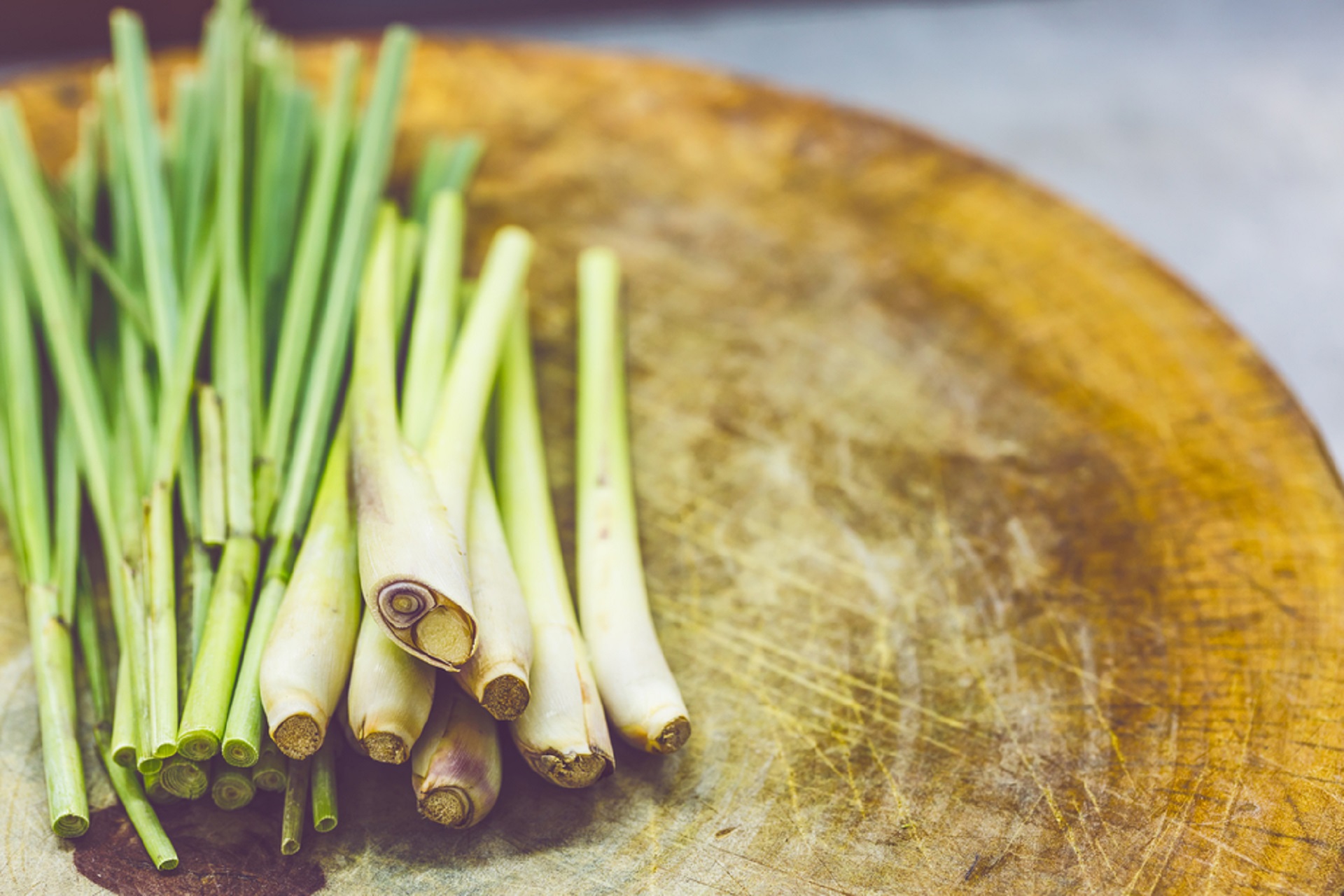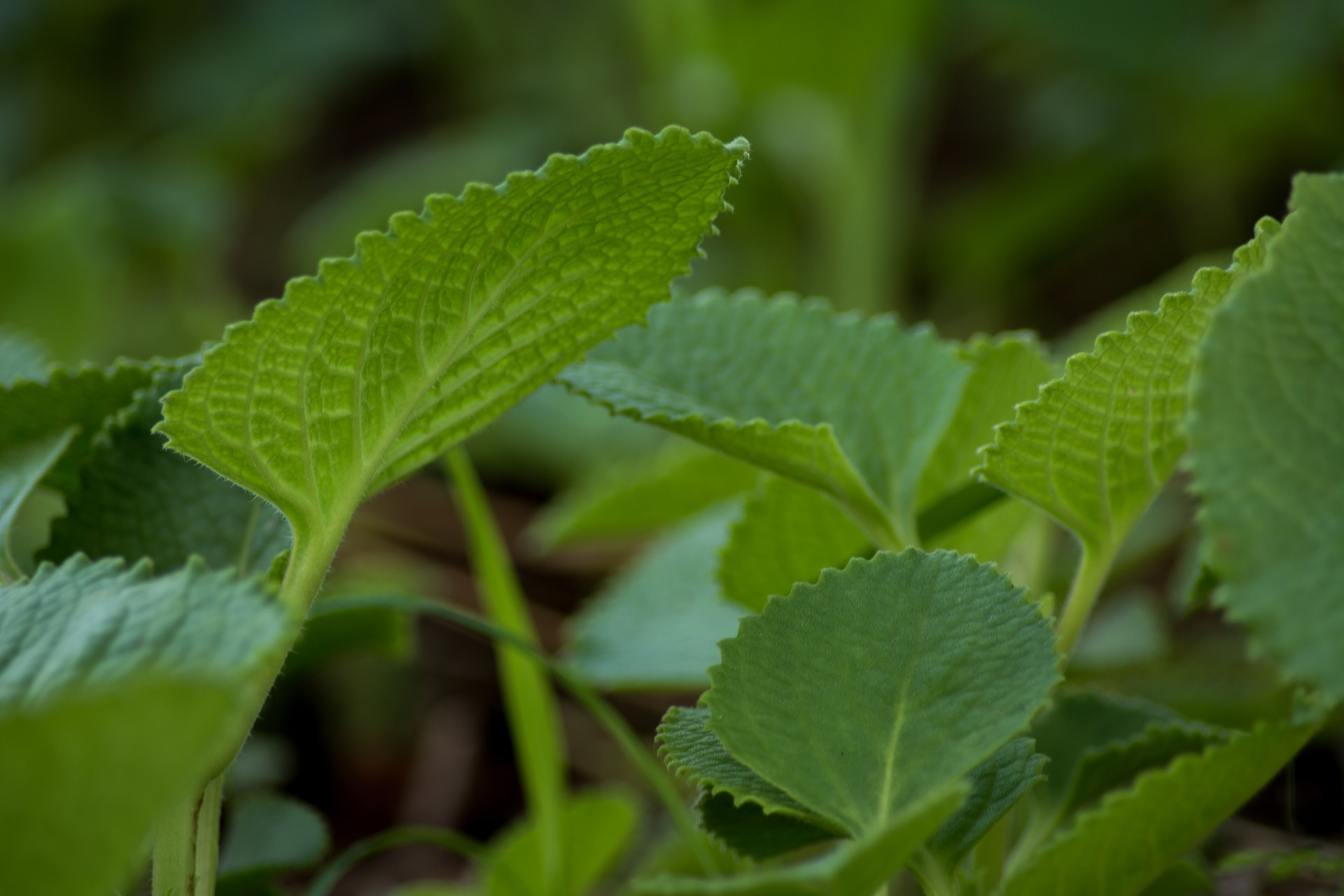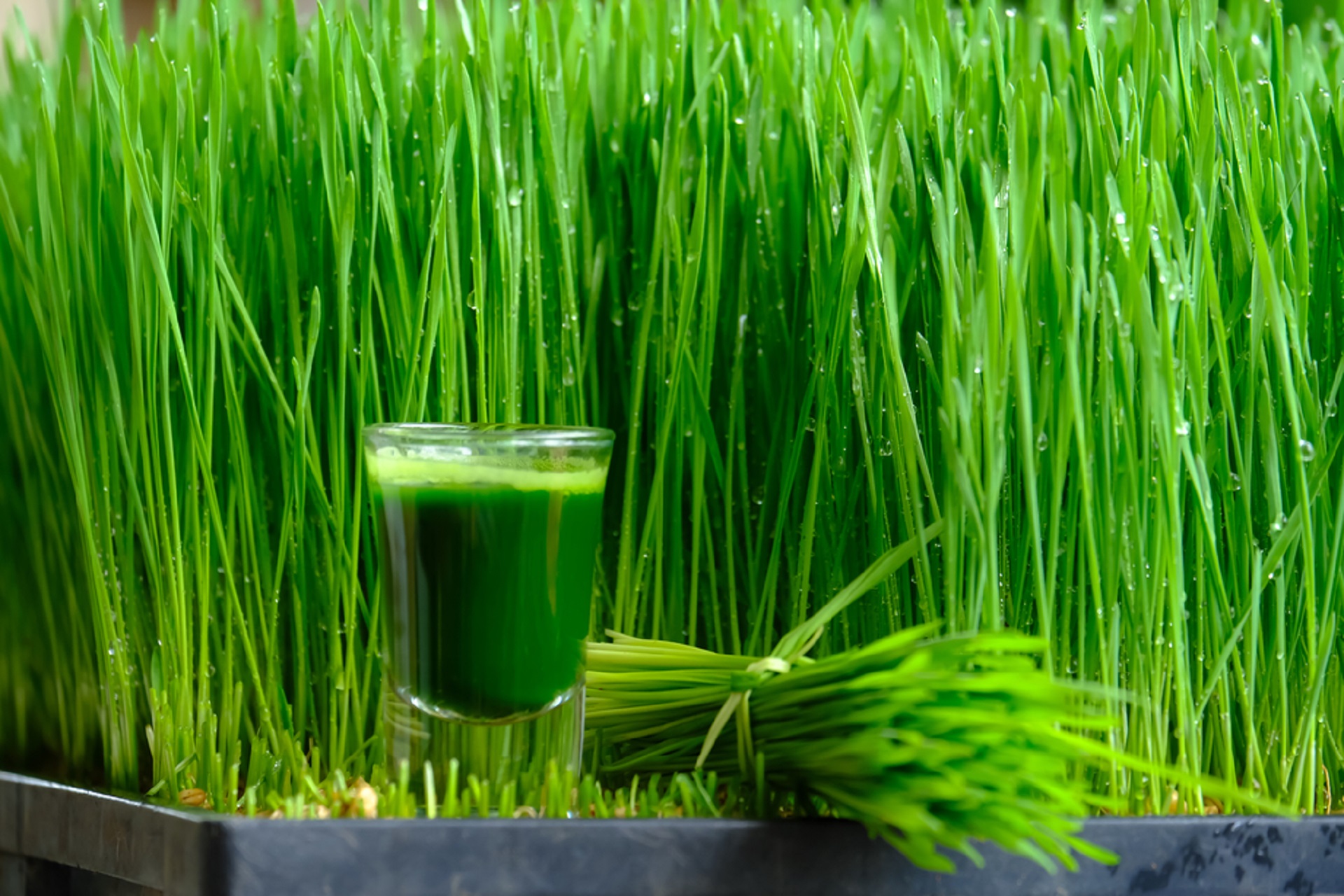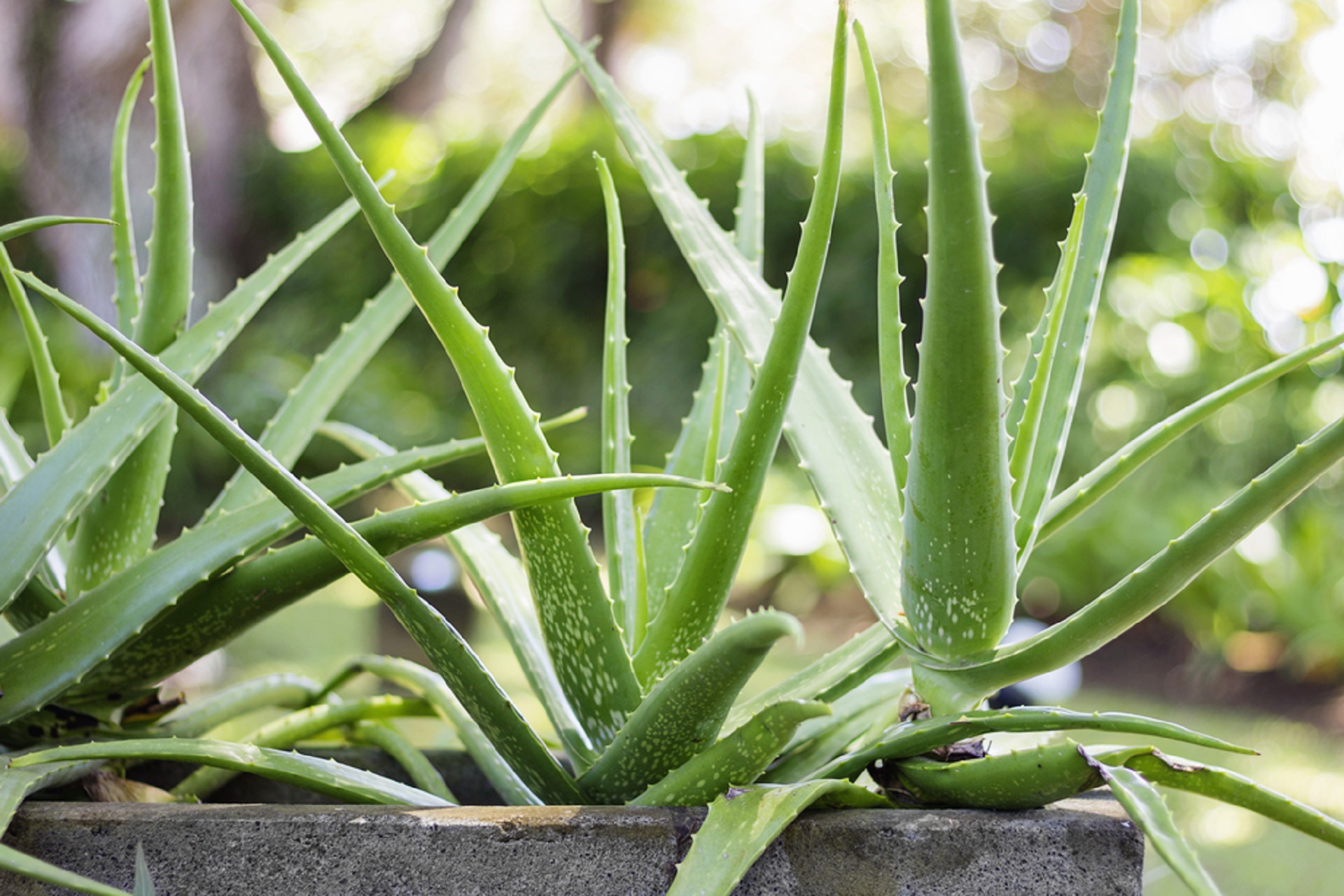A small kitchen garden is a great idea for so many reasons – it is easy to set up and take care of, gives you instant access to garden-fresh herbs, and looks great! Here are some plants that you must have in your kitchen garden…
You don’t have to have the metaphorical green thumb to set up your kitchen garden. You don’t even need a garden or a backyard for this; just a window ledge or some shelf space in one corner which gets adequate sunlight will do. A few small pots, some seeds or seedlings, regular watering and you’re sorted! Next time you want to season a soup or bake, or need to add special zing to your tadka, reach for some of those herbs. Easily soothe scratches and wounds and use home remedies for skin problems too! Plants such as basil, curry leaves, mint, carom, wheatgrass, aloe vera and more should be a part of your kitchen garden:
General guidelines for your kitchen garden
Designate a spot for your kitchen garden. It doesn’t have to be in your kitchen, it can be on any window ledge, a balcony, small sit-out, anywhere. Remember, pots will drain when you water them, leaves will be shed and a small amount of mess is likely, so choose the place with care. Just ensure that the place gets enough sunlight throughout the year. You can use any kind of container: clay pots, brightly colored plastic containers or even old plastic bottles and buckets (some earth-friendly recycling there). Also ensure that there is enough space for each pot to get sufficient air and sunlight; don’t crowd pots together. Consider using a step ladder or a pot stand to accommodate more pots in a smaller area.
To treat yourself to genuine organic herbs, use only organic fertilizer (manure based or vermicompost from home waste recycling facilities present in many neighborhoods) and natural pesticides. Water plants regularly but do no overwater them; adjust watering according to the season and ambient humidity. Regularly turn the soil and prune plants as and when required so that dead foliage does not inhibit their growth. Remember many herbs are annuals; they need replanting periodically, so be sure to find out a bit about whatever it is that you plan to grow.
1. Tulsi: Tulsi is known as Holy Basil. Tulsi is, as we know, a plant every Indian has in their courtyard and is very easy to grow in a pot. Tulsi flowers can be allowed to dry, scattered into a pot and the soil turned lightly to get started. The plant itself requires practically no maintenance and should be watered when the soil appears to become dry. Tulsi is great for soothing throat ailments, skin irritations and acts more as a natural antibacterial. It can be applied, eaten simply by chewing the leaves or boiled and consumed as tea. The herb, basil, used as seasoning in Continental cooking, is less common in India, but can also be grown in a container. It does not need replanting every year. The shrub will continue to grow for many years.
2. Curry leaves: Though this is not really a herb and the plant actually grows quite tall, it is also easy to grow in a pot at home, continuing to grow and flourish over the years. Planting a few twigs of curry leaves (runners) is an easy way to get started. Again, this is a low-maintenance plant but needs a lot of sunlight. The plant will stop producing fresh leaves during the very cold days of winter, so this is not an indication of your plant not thriving. The lovely aroma of curry leaves is a must for dishes like sambhar and rasam and coconut-based curries. Plus, it is known to be packed full of nutrients.
3. Mint and peppermint: Mint or pudina and its sweeter smelling hybrid cousin, peppermint, are another great choice for your little herb garden. Mint is a delicious flavoring agent for tea, chutneys and many Indian dishes. It can simply be chewed and eaten to soothe an upset stomach and similar mild ailments. You can grow your mint simply by planting the longer thicker twigs that you get from the green grocer directly into the soil. With a bit of TLC, sunlight and regular watering, pudina It may need replanting; very often though, the shoots grow of their own accord the next season.
4. Coriander or cilantro: Good old dhania, the mainstay herb and favorite garnish of Indian kitchens, is sometimes termed as cilantro in the fancier restaurants. This herb is typically grown from seed. It can also sometimes be grown by planting the actual plant: the subzi vendor will often give you a bunch with the roots more or less intact; use these. This is a delicate plant, requires soil that drains properly and plenty of sunlight. Typically, coriander should be replanted.
5. Lemongrass: It looks like regular grass but break a blade and crush it between your fingers to inhale the wonderful aroma of this aromatic, flavorful plant! Useful for soups, tea, Thai curries and much more, this is another useful addition to your kitchen garden. While you can get the plant from a nursery, you could also request a friend who has this in their garden to give you a few sprigs along with the roots. Lemongrass flourishes and spreads easily when planted into the ground but also does very well in pots, typically requiring no replanting.
6. Carom (ajwain): Another mainstay of the Indian kitchen, ajwain is known to have natural healing, antibacterial, digestive and anti-flatulent properties. The plant and its leaves are also a natural mosquito repellant. It is easy to grow from seed using well drained, well composted soil. To replant, you can use fresh cuttings from an older plant as well.
7. Wheatgrass (gehu ke jaware): This grass is known to have many nutrients and health benefits when had as a drink. The plant is grown from seed and when the shoots are about seven to eight inches tall they can be harvested (cut just about an inch above the soil).
8. Aloe Vera: It is a strange cactus-like plant with fleshy, jelly-like insides and prickly spines along the sides of the branches. The stems can be slit to easily get at the jelly-like goodness within. Aloe vera is bitter but can be had in juice form. The jelly can be applied directly to the skin to treat insect bites, as a conditioner for the hair, treatment for dandruff and to treat a range of skin ailments. The plant is heavy and the roots relatively small, so choose the container accordingly. Aloe vera is a hardy plant that requires much less water than the regular herb plants. Use partly sandy soil; water only when the top few inches of soil appear to dry out. Overwatering will cause the plant to rot. It may be best to get an aloe vera plant from your local nursery or from a friend who has the plant (the plant often produces new small plants alongside the main one quite spontaneously, which can be replanted in other pots).
Gardening is said to be a great hobby not just because it gives you your own organic produce, but also because it’s a stressbuster. So go ahead and set up that kitchen garden; you have nothing to lose and much to gain!































